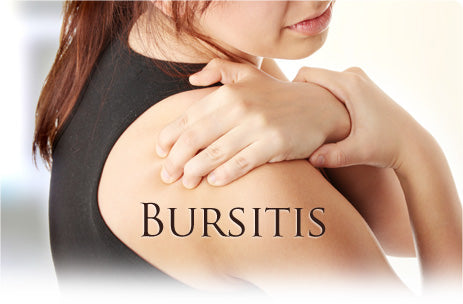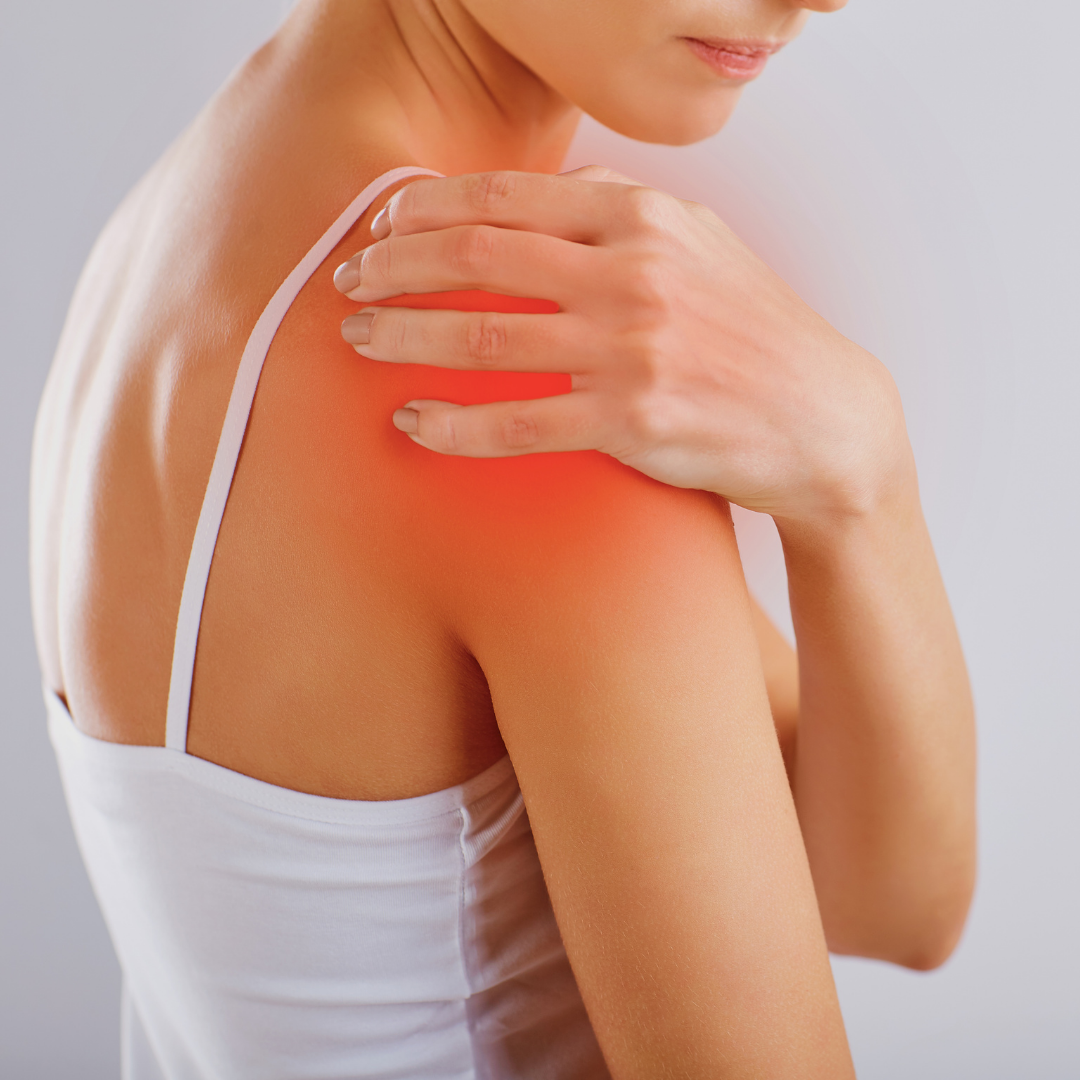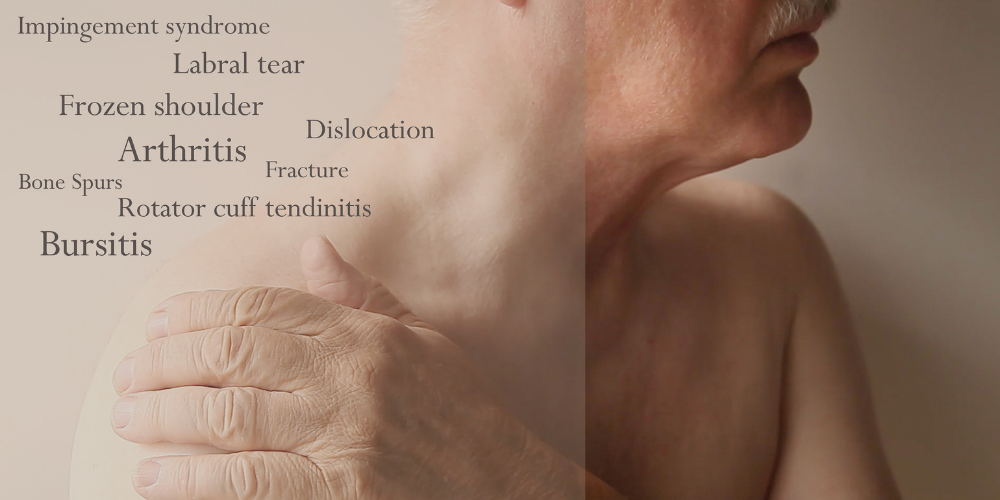
Impingement syndrome
Impingement syndrome, occurs when there the structures between the top of the humerus (upper arm bone) and the acromion (tip of the shoulder) become irritated and inflamed. The structures most commonly affected are the supra spinatus tendon (part of the rotator cuff) and the bursa that surrounds these tendons. Bursitis is inflammation or irritation to the bursa (small sacs between bone and other moving parts, such as skin, muscles and tendons). Tendonitis is inflammation or irritation of the tendon (thick fibrous cords that connect muscles to bone).
This often occurs as a result of repetitive trauma of the tendon and bursa from raising the arm above shoulder height repetedly, but can also be caused by walking with cruthches or falling onto an outstreched arm. Between these bones lie the tendons of the rotator cuff muscles and the bursa that protects these tendons.
Chiropractic treatment for sub-acromial bursitis (or shoulder bursitis) and rotator cuff tendonitis, two conditions that often occur simultaneously, is always aimed at dealing with the underlying cause, rather than symptomatic relief.

What causes this problem?
The most common cause is a combination of overuse and faulty mechanics of the shoulder, which is often caused by a muscle imbalance. If the upper trapezius muscle is overactive and the scapular stabilising muscles and the rotator cuff are weak, it prevents the shoulder from moving normally and causes impingement.The postural changes often seen in association with this muscle imbalance would be rounded and forward drawn shoulders, and a head-forward posture, referred to as upper-crossed syndrome.
The problem can be exacerbated by wear and tear of the A/C joint (between the collar bone and shoulder blade) and thickening of the rotator cuff tendon. In some individuals, the natural shape of the collar bone and shoulder blade are such that they have less space than normal. Therefore, only slight thickening of the tendons or bursa can cause symptoms.
Often there is an initial injury, either due to trauma or overuse that sets off the process of inflammation. Thereafter, the problem can be self-exacerbating. Once there is an initial injury, the tendons and bursa become inflamed. This inflammation causes a thickening of these structures due to fibrosis and scar-tissue build-up. The thickened structures then takes up more space, and therefore the tendons and bursa are pinched upon even more - this is the impingement. This causes more inflammation, and more thickening of the tendons and bursa, and so on.
This can lead to a chronic condition, therefore early chiropractic treatment is very important.

What are the symptoms of shoulder bursitis /tendinits/impingement syndrome?
Common symptoms include:
- Pain with lifting the arm sideways away from your body and up (abduction), activities above shoulder height. The painful arc is between 80-120°.
- Pain while sleeping at night
- Pain over the outside of the shoulder/upper arm
Your Chiropractor will be able to specifically isolate these muscles to determine if a rotator cuff tear is present and which part of it has been injured. Once the problem has been diagnosed the chiropractor can start to give advice and start the treatment.

